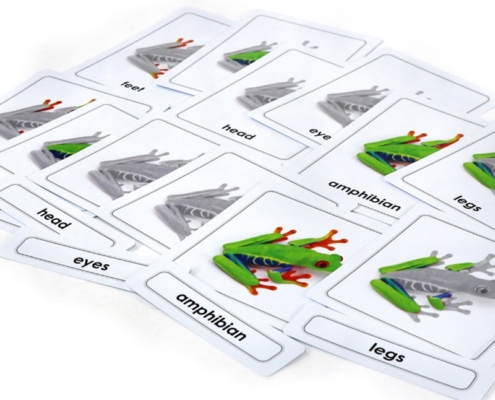
Cultural: Parts of a frog
A primary focus of Montessori learning is to inspire children’s natural curiosity and our cultural lesson on parts of a frog does just that. Frogs are strange little creatures and it is great fun to think a bit more about their lifecycle and…

Mathematics: Estimation Jar
The purpose of the estimation jar is not only to practise counting and problem solving but to develop curiosity about numbers and maths. What might sound like a simple guessing game (and, really, it is that simple) takes on levels of complexity…
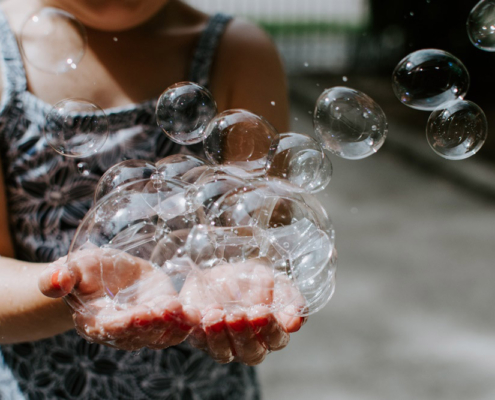
Practical Life: Bubble Making
In the Practical Life area of a Montessori classroom, you will find children pouring, spooning, scooping, sponging, slicing, spreading ladling, and using tongs and tweezers to transfer items. It’s where they explore, chat and concentrate,…
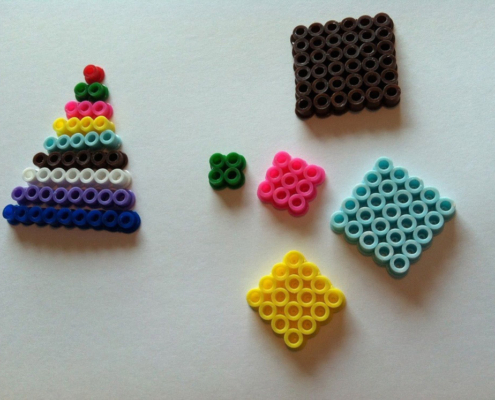
Practical Life: Hama Beads
Hama beads—did you know that these are often used in Montessori classrooms? You probably have some buried in every crevice, nook and cranny in your home but they are absolutely worth digging out because of their educational value as well as…

Mathematics: Teen Board
The traditional Montessori Teen Board is used to show children how tens and ones make teens; it is a visual and physical application of building numbers to enable understanding. Quite specific materials are used for the lesson: a teen board…
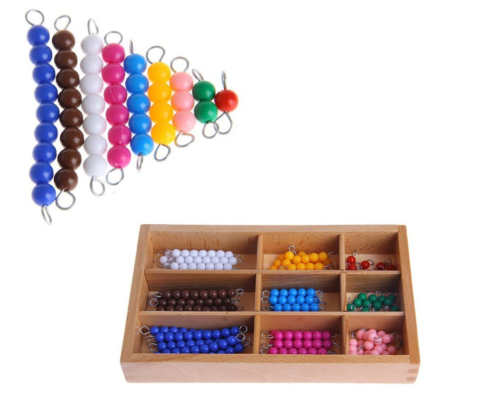
Mathematics: Bead Stair
The short bead stair is a way to visually represent number values; making abstract concepts more concrete so that children can better grasp mathematical principles. The objective of the lesson is to reinforce number quantities from 1 to…

Sensorial/Language: Matching Snowflakes
Matching games are traditionally found in the Language section of a Montessori classroom but because the exercise has a sensorial application (as children will be visually discriminating against different snowflakes – in this case), it…
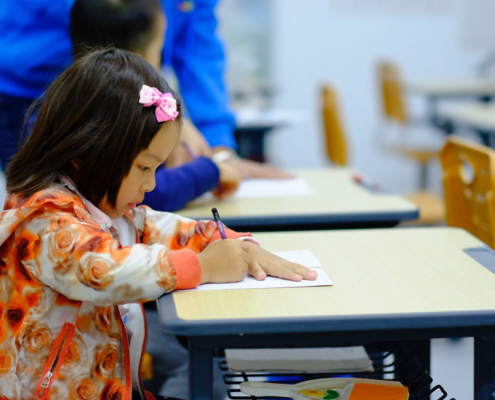
Practical Life: Fine Motor Skills
Maria Montessori pointed out that the development of fine motor skills is directly connected to the development of the brain. In a Montessori pre-school classroom, children thus participate in many activities that help improve their fine…

Cultural Studies: Animal Coat Matching
Children love animals and they love to learn with multi-senses. There are so many lesson applications that can marry these two ideas, and My Montessori Works has really fun, simple activity that is sure to inspire your child’s natural…
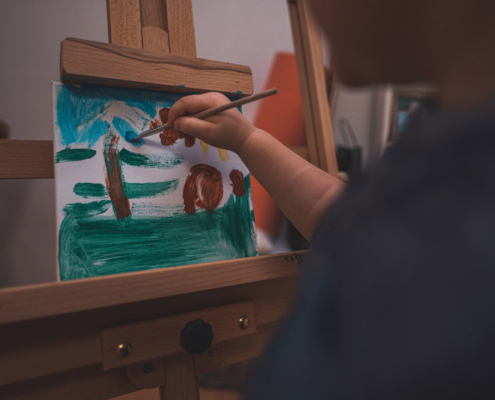
Sensorial: Portrait, Landscape and Still Life
One way to explore art with your children at home is to teach them the difference between a portrait, a landscape and a still life. In a Montessori classroom, we would do this by stating the definition of each concept and then have examples…
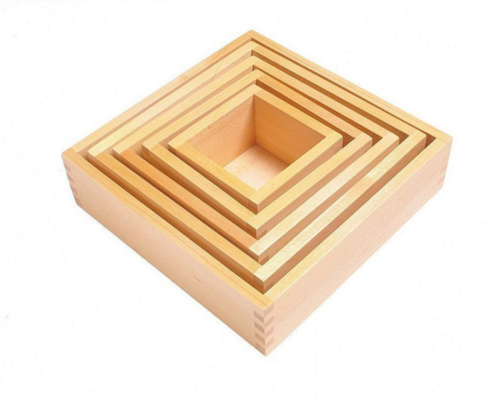
Practical Life Lesson: Nesting Box Surprise
One box in another…in an another, and so on. This sounds almost ridiculously simple but when children are using nesting boxes or materials in a Montessori classroom that are doing so much more than exploring – they are problem-solving and…
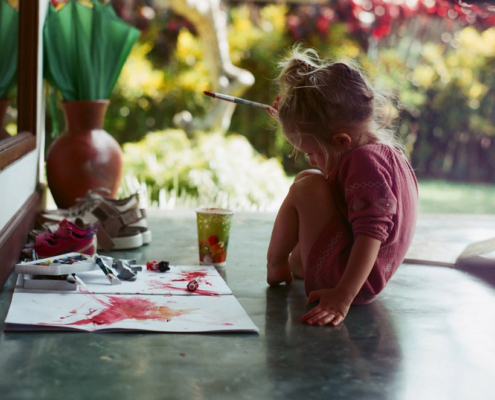
Sensorial: Presenting A Great Artist To Your Child
Art is essential – it is a way for children to express themselves, to communicate and to develop their fine motor skills. And it is fun! At St Andrew’s Montessori, we celebrate creativity and have art and craft supplies at the ready for…





